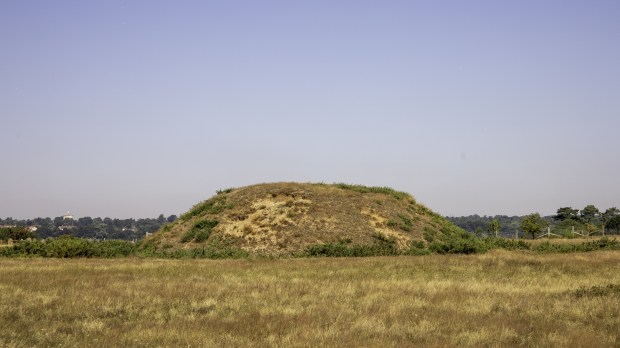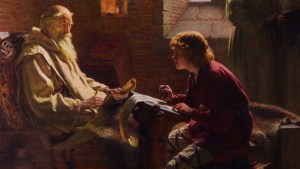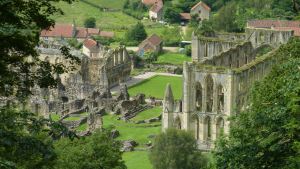Lenten Campaign 2025
This content is free of charge, as are all our articles.
Support us with a donation that is tax-deductible and enable us to continue to reach millions of readers.
Sutton Hoo has always witnessed the unearthing of remarkable artifacts dating back to early medieval England. Now, recent archaeological endeavors have brought to light the remains of a potential pre-Christian Christian temple/church, believed to be around 1,400 years old, in the vicinity.
The note published by Medievalists.net explains that the discovery unfolded during the summer near Rendlesham village in southeastern England, as part of Suffolk County Council’s Rendlesham Revealed community archaeology project. This initiative, which previously revealed the remnants of a substantial timber Royal Hall mentioned by Venerable Bede affirming the site as a royal settlement for the East Anglian Kings, has now exposed further historical layers, including the remains of a yet to be identified religious complex.
In his Ecclesiastical History of the English People, Venerable Bede designates the Rendlesham site as an East Anglian royal center. He recounts that King Redwald, presumed to be buried in the Sutton Hoo ship burial around AD 625, maintained a temple housing altars dedicated to pre-Christian deities alongside one dedicated to Christ —although the specific location is not explicitly stated as Rendlesham.
The recent dig exposed the foundations of three timber structures, one of which is believed to be a cult house or temple. This might be the place where the altars Bede mentions once stood.
Other noteworthy discoveries include 7th-century metalworking artifacts, such as waste materials and a fired clay mold used for crafting decorative horse harnesses. Alongside these findings, two graves of undetermined age were unearthed, along with materials dating back to both ancient and Neolithic periods. The possible coexistence of pagan and Christian altars at the site would confirm the historical narrative described by Bede, further enriching our understanding of the cultural and religious landscape of the time.



